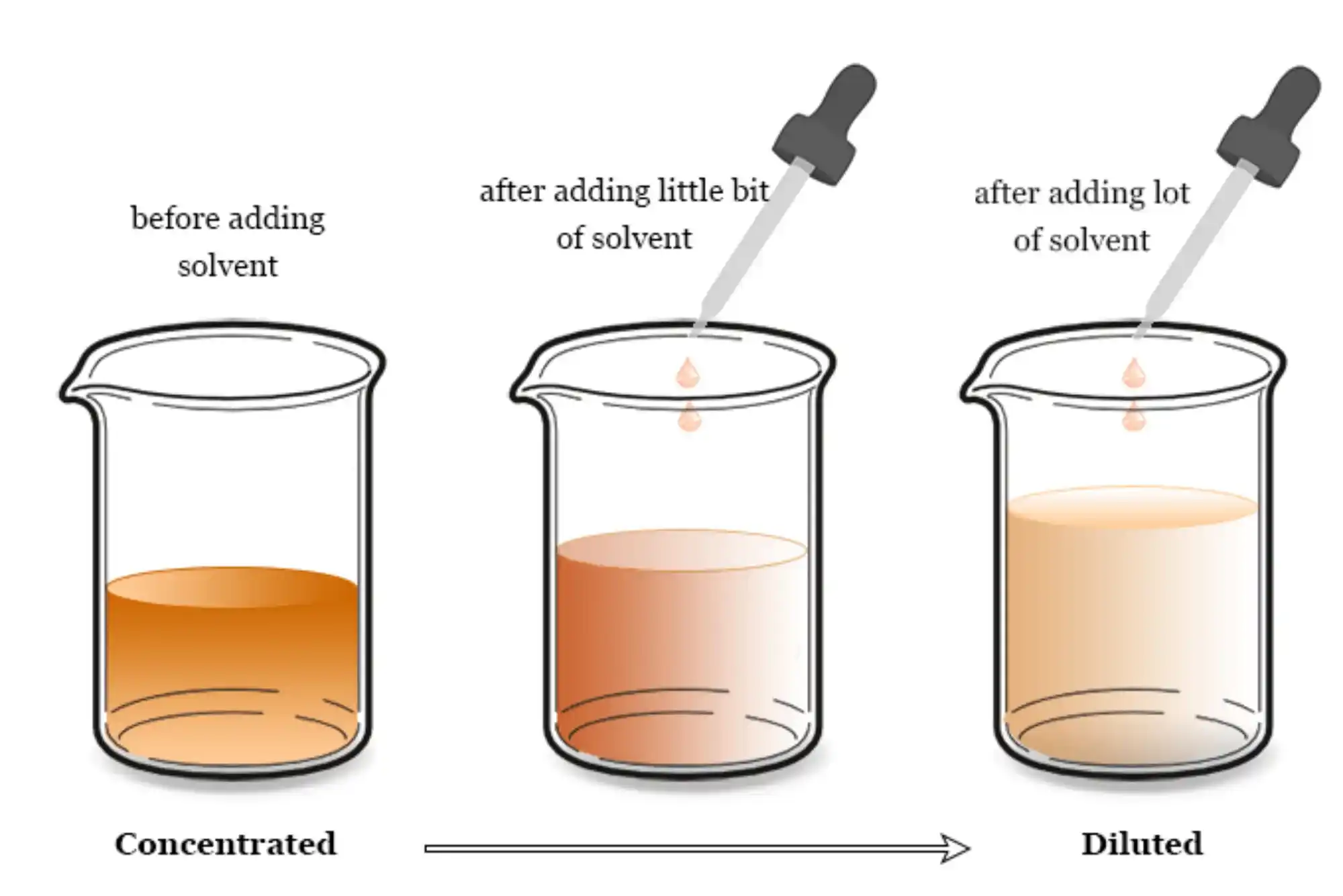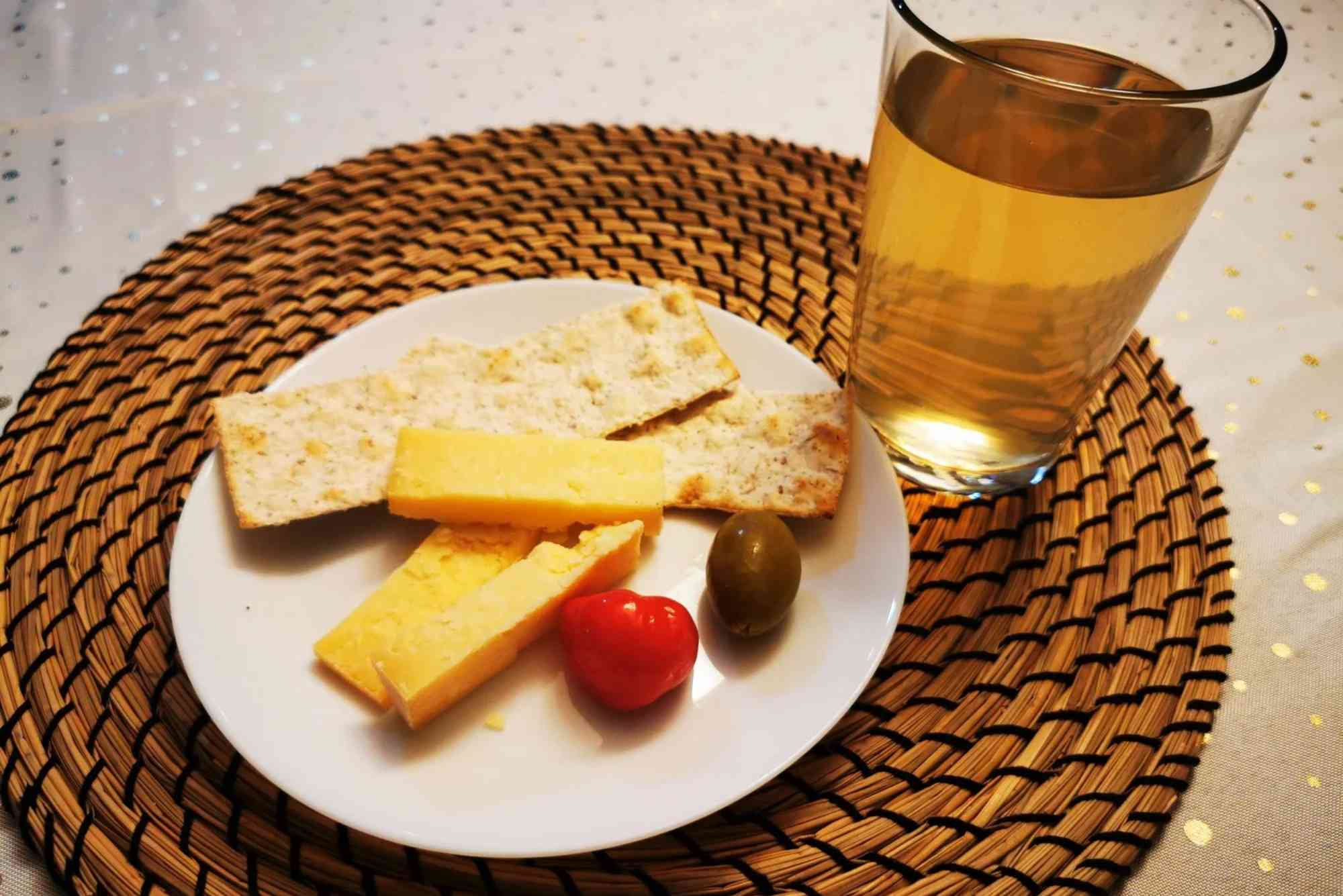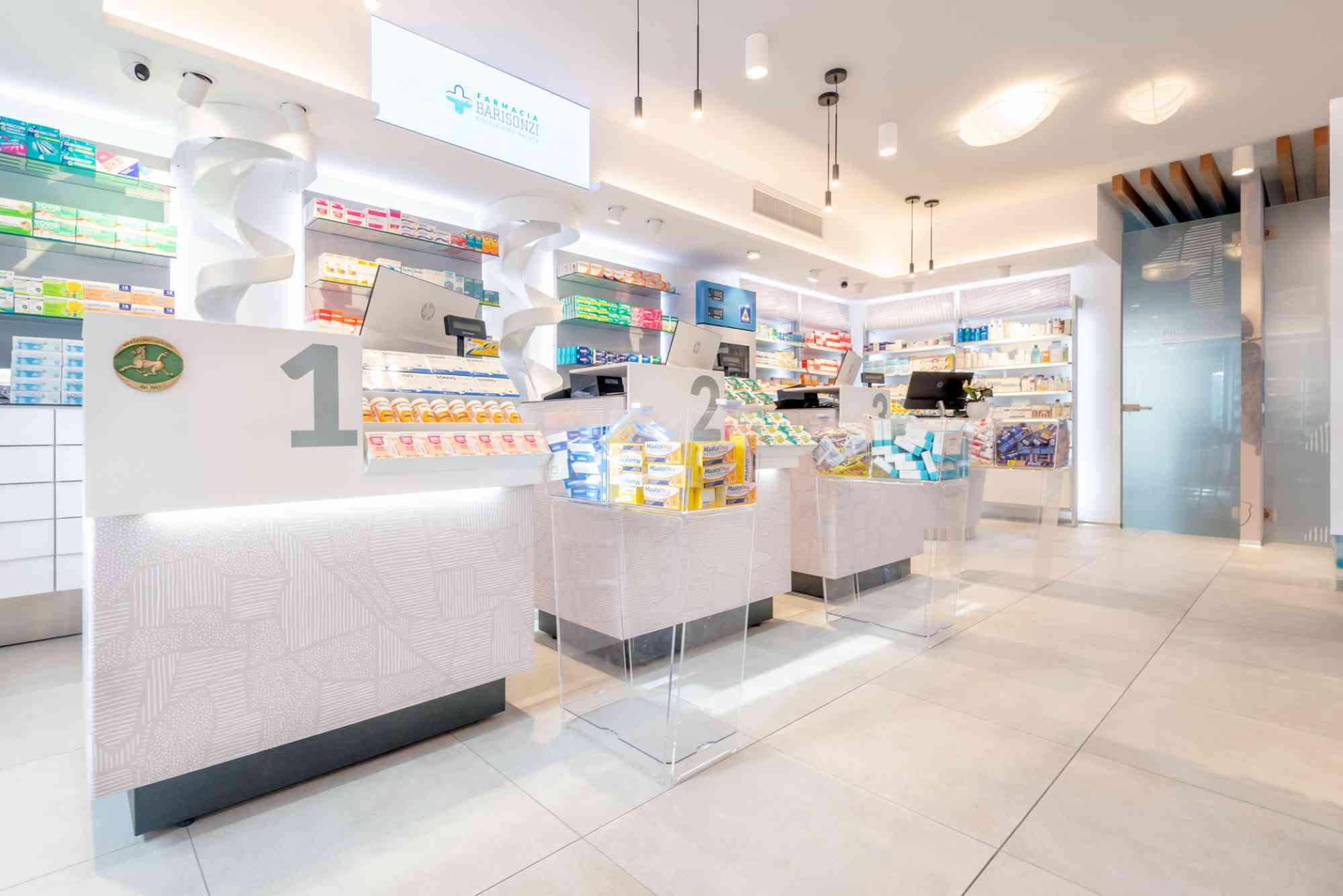Accurately determining solution concentration is essential for chemistry labs, manufacturing units, agriculture applications, and even small research setups across Pakistan. As industries in Karachi, Lahore, Islamabad, and Faisalabad expand, fast and error-free calculation methods are becoming crucial. This guide explains the quickest ways to calculate concentration and how modern digital tools simplify the process for professionals and students.
What Is the Fastest Way to Calculate Solution Concentration?
Quick Answer: Use a digital calculation tool with automated formula handling.
The fastest method combines traditional formulas with automated tools that eliminate manual mistakes. Scientists often rely on molarity (M), molality (m), percent concentration, or dilution equations. However, today’s digital tools perform these instantly—no manual math needed. This matters in Pakistan’s rapidly growing biotech and chemical sectors, where accurate mixing ensures compliance with standards set by PSQCA and global ISO frameworks. Using automated systems keeps workflows efficient and ensures reproducibility, especially for labs under academic or government-funded research programs.
Why Digital Tools Provide the Fastest Concentration Calculations
Quick Answer: Because they minimize human error and drastically cut calculation time.
Manual calculations take longer and risk error, especially when working with several solutes or complex dilutions. Digital calculators can compute molarity, required solute mass, dilution factors, and percent concentrations within seconds. In universities such as Punjab University and NUST, students increasingly rely on these tools for practical work, lab assignments, and research reporting. Industrial operators in Sialkot and Gujranwala also use digital methods to maintain batch accuracy in chemicals, beverages, and textile treatment solutions.
How Dilution Impacts Concentration Speed Calculations
Quick Answer: Dilution formulas are simple but prone to manual mistakes.
Dilution is one of the most common tasks—especially in pharmaceuticals and agriculture. The classic equation C1V1 = C2V2 works quickly, but incorrect conversions or decimal errors are typical. At this midpoint of the article, professionals often prefer automated helpers such as a dilution ratio calculator to speed up routine lab work.
Most Common Solution Concentration Formulas
Quick Answer: The three fastest formulas are molarity, percentage, and dilution.
Here are the most widely used formulas:
-
Molarity (M) = moles of solute ÷ liters of solution
-
Percent concentration = (solute ÷ solution) × 100
-
Dilution = C1V1 = C2V2
Examples used globally and in Pakistani educational boards (BISE) include calculating glucose concentration in medical labs or preparing standard chemistry solutions for practical exams. These formulas remain foundational but become far more efficient when paired with automated inputs.
When to Use Molarity vs Percent Concentration
Quick Answer: Use molarity for scientific precision and % concentration for commercial mixtures.
Molarity is ideal for laboratory research, titrations, and high-precision chemical reactions. Percent concentration works better for industries such as detergents, food processing, agriculture spraying, and paint manufacturing. Pakistan’s fertilizer sector, supported by initiatives like the National Program for Enhancing Command Area, often uses percent-based mixing for preparation of nutrient sprays.
Fastest Way to Calculate Concentration in School & University Labs
Quick Answer: Combine standard formulas with automated calculators.
Students in Karachi University, GIKI, and COMSATS benefit from fast calculation tools during lab sessions, particularly when multiple dilutions are required in chemistry, food sciences, or environmental sciences programs. Some youth-focused initiatives, such as the Prime Minister’s Youth Skill Development Program (PMYSDP), encourage digital tool usage in STEM fields to enhance accuracy and efficiency for young learners.
Role of Smart Tools in Industry (Local Case Examples)
Quick Answer: They ensure accuracy and reduce wastage across industries.
Here are real applications from within Pakistan and abroad:
-
Pharma (Karachi & Multan): Precise concentration ensures drug batch consistency.
-
Textile (Faisalabad): Dye mixing depends on accurate solution strength.
-
Food & Beverage: Syrup concentration affects consistency and taste.
-
Global Example – Germany: Many labs now use automated calculators to comply with EU testing standards.
For companies managing multiple concentration tasks daily, centralised digital platforms act as your one-stop calculator website like your one-stop calculator website to streamline repetitive calculations.
Importance of Speed in Research & Quality Control
Quick Answer: Faster calculations increase productivity and reduce test cycles.
Research teams in Islamabad’s tech and biotech parks often operate under strict deadlines. Rapid and reliable concentration calculations help labs run more tests per day while maintaining compliance with GLP and GMP guidelines. Faster results also support the growing startup ecosystem in Pakistan, particularly in chemical engineering and food-tech research.
How Web-Based Tools Revolutionize Concentration Calculations
Quick Answer: They allow instant access from any device with zero setup.
Browser-based calculators let users compute concentrations anywhere—whether in a school chemistry lab or during industrial fieldwork. Behind these tools are engineering teams building scalable platforms. Many businesses rely on a trusted web development company to build reliable scientific or industrial calculators that handle heavy user traffic while ensuring precision and security in each calculation.
FAQs
1. What is the quickest method for calculating solution concentration?
Using an automated calculator is the fastest and most accurate method, especially for repeated calculations.
2. Are digital calculators reliable for lab use?
Yes. Many accredited labs use them because they reduce human error and maintain consistency.
3. Do students benefit from concentration calculators?
Absolutely. They save time during experiments and ensure correct submissions on lab reports.
4. What fields use concentration calculations daily?
Pharma, research labs, agriculture spraying, food processing, and textile dyeing rely heavily on accurate concentrations.
5. How does dilution affect concentration?
Dilution reduces solute concentration proportionally using C1V1 = C2V2. Automated tools simplify this equation.
6. Do industries in Pakistan use smart calculation tools?
Yes—especially in Karachi, Lahore, Faisalabad, Multan, and industrial zones supported by provincial development authorities.
7. Can digital tools help with ISO and quality compliance?
Yes. Automated calculation reduces errors, supporting documentation for audits and certifications.
Final Thought
As someone closely observing Pakistan’s fast-evolving tech and industrial landscape, I’ve seen how digital tools dramatically improve accuracy and productivity—especially in chemistry-driven Environments. Whether it’s a small lab in Lahore or a manufacturing plant in Karachi, the shift toward automated concentration calculation is reshaping workflows. With government-backed skill-development programs accelerating digital adoption, the future of scientific computing in Pakistan looks strong and opportunity-rich.




